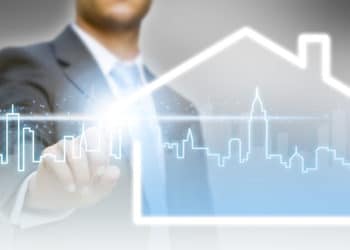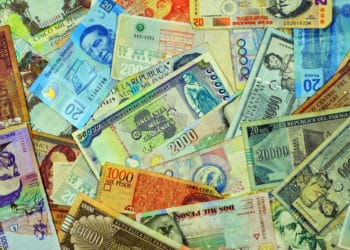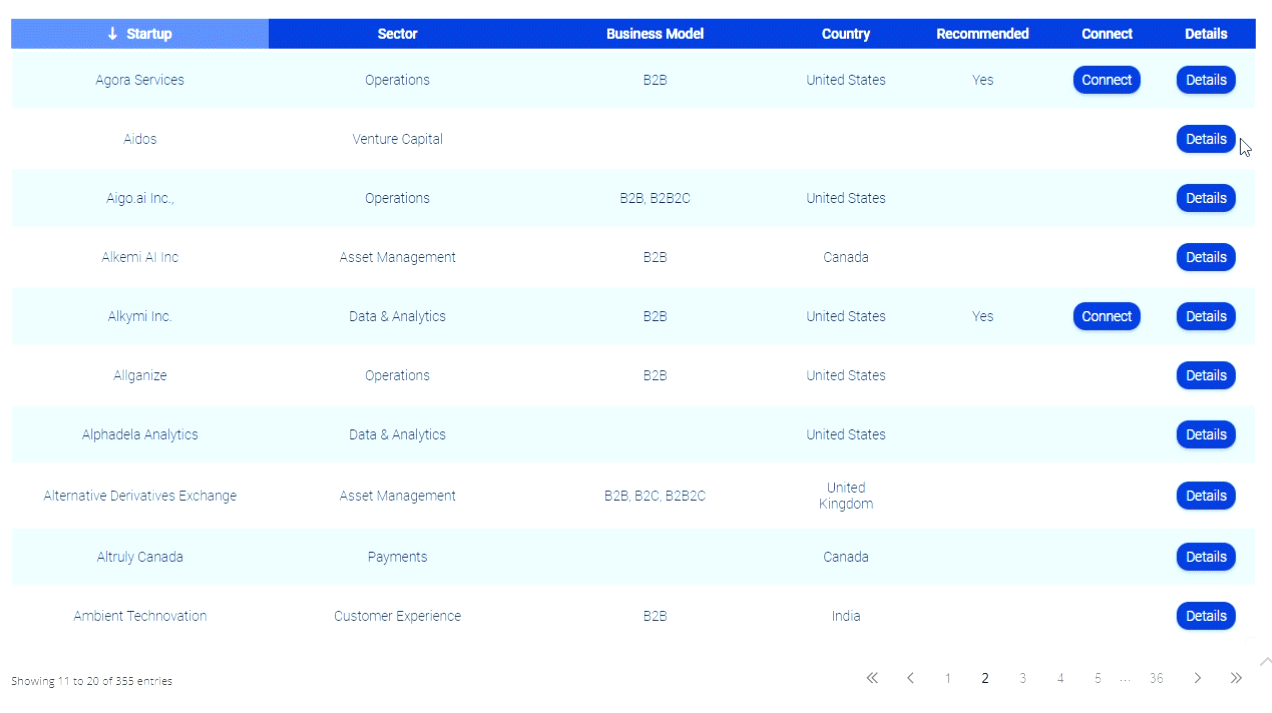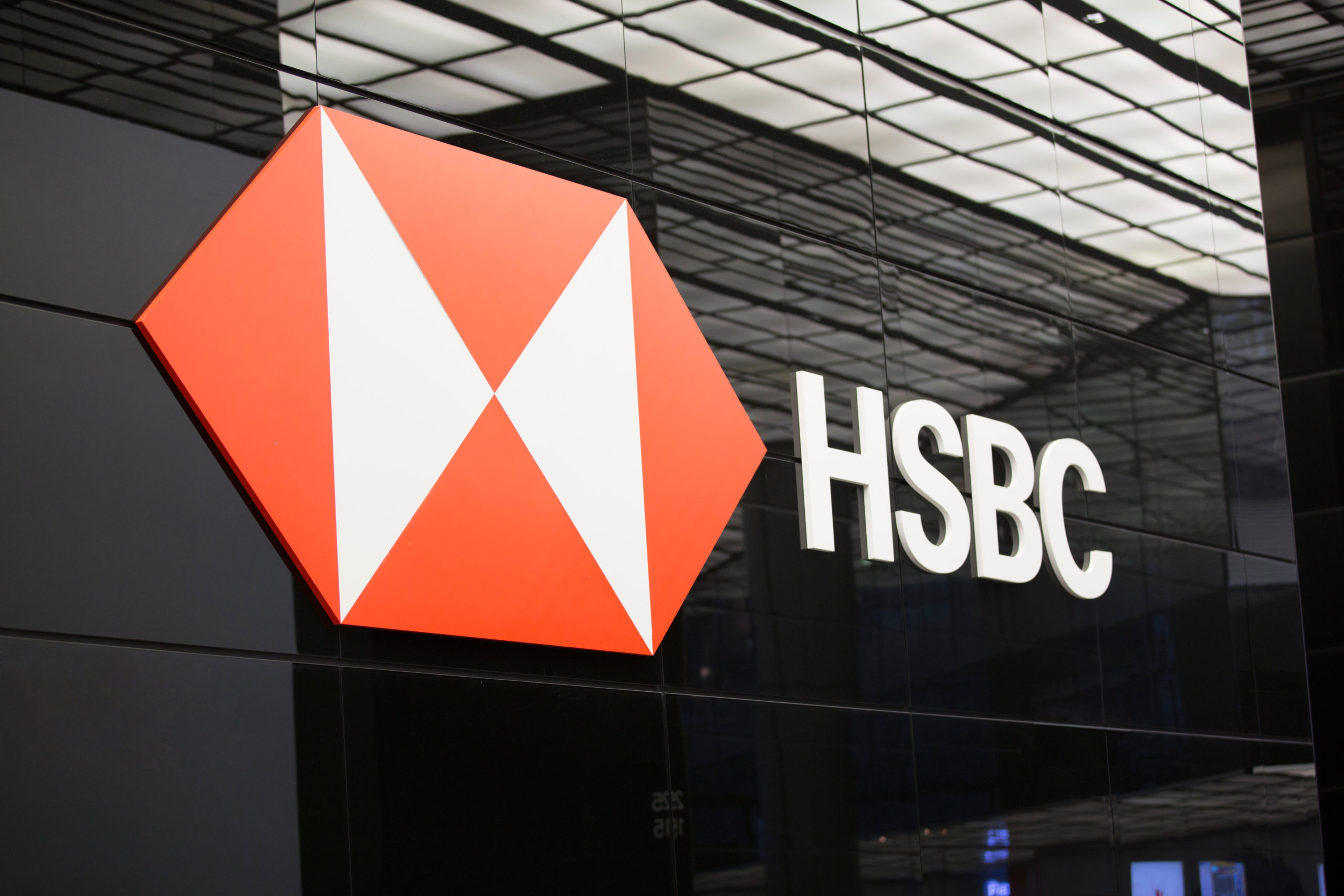US Bank Crunches the Granola
Close your eyes for a moment and conjure up the stereotypical image you have of a banker. To enhance the experience, don’t make it just any banker, make it a U.S. Bank banker. Got it? OK, let’s compare. My image is of a guy of about 30 with a Fu Manchu mustache, bell-bottom pants replete with a peace-sign patch sown on, chuckling softly as if he has just smoked, er, you know.
What? My image doesn’t match yours? Maybe it will after you read this, courtesy of Finance and Commerce:
Minneapolis-based U.S. Bank is testing a new home-equity loan and line of credit program in Colorado that offers customers a three-eighths percent rate reduction for qualified “green” home improvement projects.
 The program will finance improvements that reduce energy use through the addition of insulation, or highly efficient windows, doors, roofing, heating, ventilation, air conditioning, or water heating systems. The program will also fund the installation of renewable home energy sources such as biomass stoves, ground source heat pumps, solar energy systems, small wind energy systems and fuel cells.
The program will finance improvements that reduce energy use through the addition of insulation, or highly efficient windows, doors, roofing, heating, ventilation, air conditioning, or water heating systems. The program will also fund the installation of renewable home energy sources such as biomass stoves, ground source heat pumps, solar energy systems, small wind energy systems and fuel cells.
In addition to qualifying for a reduced rate loan or line, many of these home improvement projects may qualify for tax credits.
The reduced-cost loans are expected to eventually expand to other U.S. Bank markets.
Peace out, U.S. Bank.
In all seriousness, I admire the concept. The idea of incentivizing green behavior works all around. I suppose what lacks here, however, is that it stops at the pricing. Now, I am not sure how U.S. Bank could take it to the next level — could consumers show them their energy bills to prove they are not leaving their refrigerator open for too long? — but it would be nice if such a green banking initiative could not just be resigned to three-eights of a point.
This is a small quibble, however — the program is groovy.











